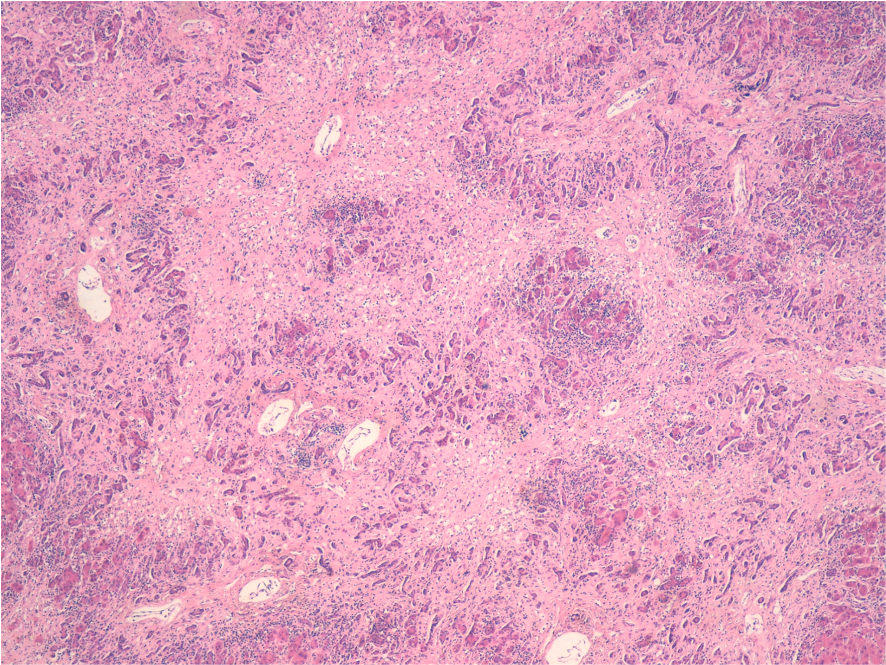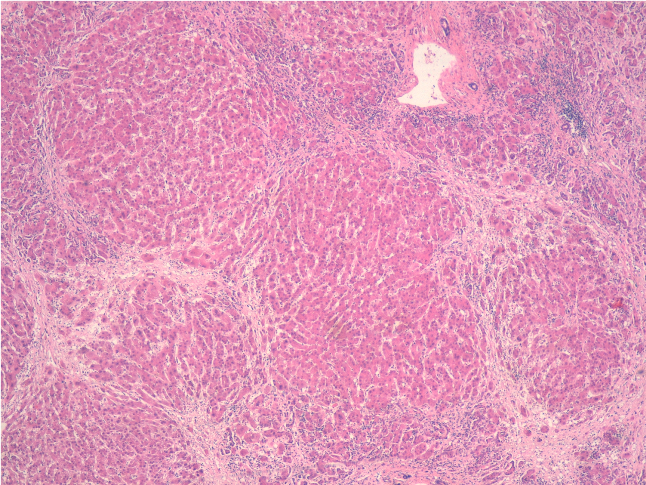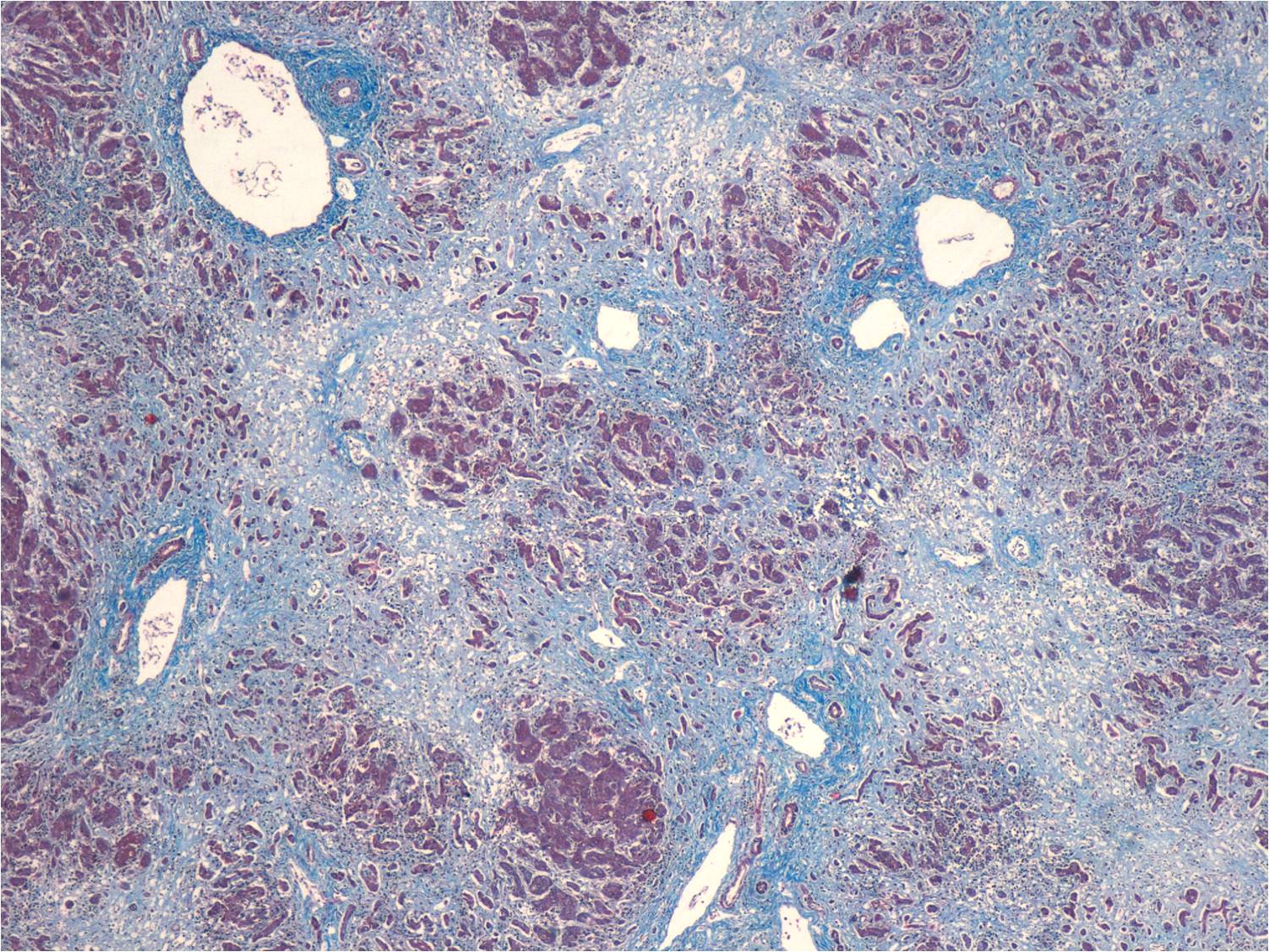Liver Transplantation Due to Fulminant Liver Failure Secondary to Acute Submassive Necrosis in a Patient Treated with Orlistat
Luis Martinez Insfran1, Pedro Cascales Campos1, Pablo Ramirez Romero1, Felipe Alconchel Gago1, Beatriz Gomez Perez1, Rocio Gonzalez Sanchez1, Laura Barona2, Guillermo Carbonell3, Francisco Sanchez Bueno1, Ricardo Robles Campos1, Pascual Parrilla Paricio1.
1Servicio de Cirugia General y del Aparato Digestivo, Hospital Universitario Virgen de la Arrixaca, El Palmar, Spain; 2Servicio de Anatomía Patológica, Hospital Universitario Virgen de la Arrixaca, El Palmar, Spain; 3Servicio de Radiologia, Hospital Universitario Virgen de la Arrixaca, El Palmar, Spain
Introduction and Objective: Orlistat is an intestinal lipase inhibitor drug, approved by the Food and Drug Administration in 1998, which has been shown to be superior to placebo in weight loss and is currently recommended in obese patients along with a hypocaloric diet, assuming a weight loss of approximately 30%. Although the most frequent secondary effect is the steatorrhea, Fulminant Liver Failure has been associated with this drug, even reaching liver transplantation in 3 patients. We present a case of urgent liver transplantation due to acute liver failure associated with drug treatment.
Clinical case: A 42 year old man with hypertension under medical treatment. Obese, with a height of 183 cms and 131 Kg, with a body mass index of 39.12. Diagnosed of liver steatosis, in treatment with hypocaloric diet and Orlistat 240 mg / day. 3 months after starting treatment, he suffered a Fulminant Liver Failure with coagulopathy, oliguria and grade II-III encephalopathy. Despite conservative treatment, he clinically worsens substantially, being submitted for an urgent liver transplant. In the postoperative period, a reintervention is done because a severe hypovolemic shock finding an important hemoperitoneum secondary to a bleeding of a little branch dependent of the hepatic artery of the donor. After a favorable postoperative, on the 26th day post-transplant the patient is discharged in good conditions. One year later, a Roux-en-Y Hepaticojejunostomy is performed because an important cholestasis due to a stenosis of the bile duct at the level of the choledochal-choledochal anastomosis, after a failed attempt of endoscopic resolution. Currently uncomplicated with a standard of living acceptable 8 years after the transplant.
Conclusion: Obesity has become a major health problem and Orlistat is currently an available drug of proven effectiveness. Although the direct cause of this drug with the development of a Fulminant Liver Failure is not demonstrated, it is assumed that they would be involved in idiosyncrasy mechanisms. Therefore, we believe that we should be aware of this possibility and closely monitor patients who have steatosis with signs of hepatic dysfunction.


